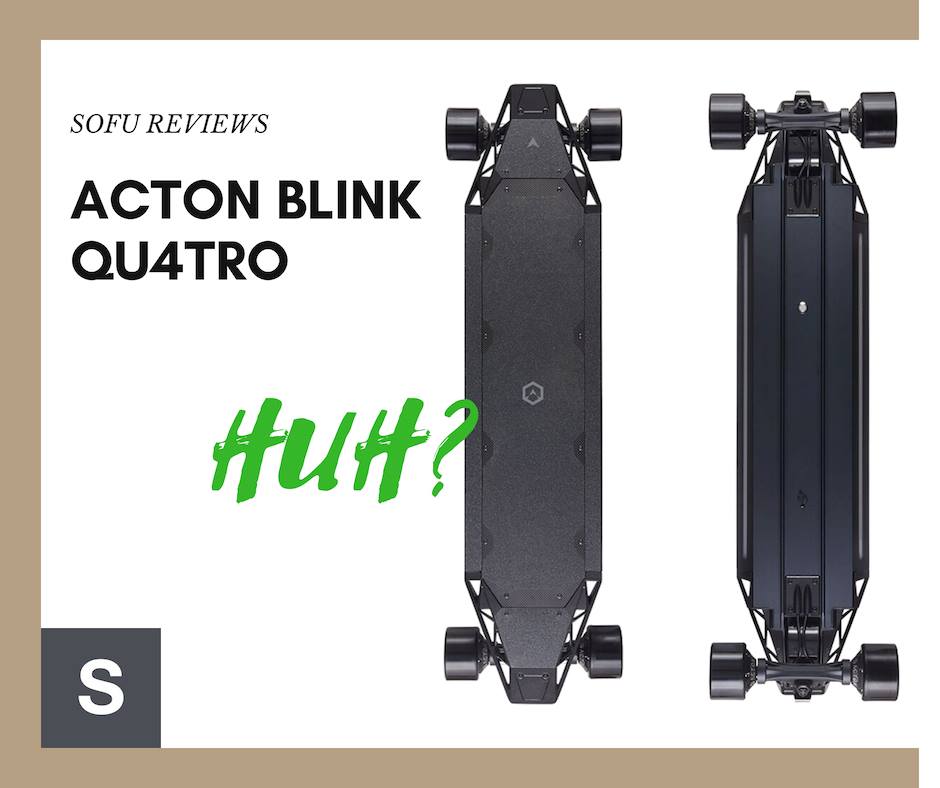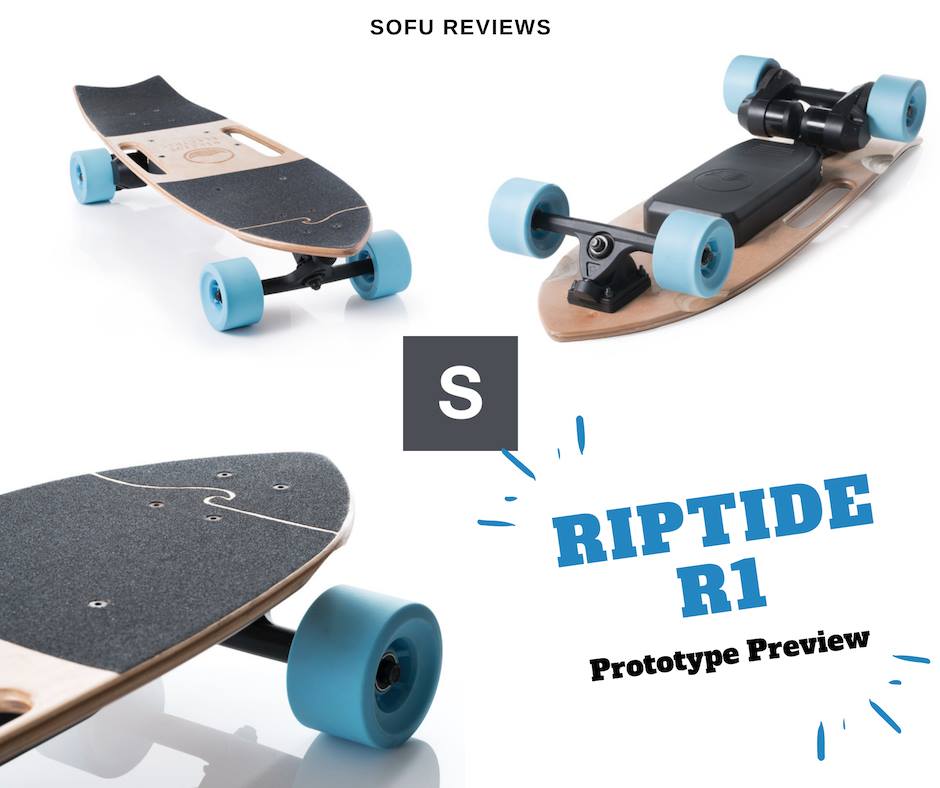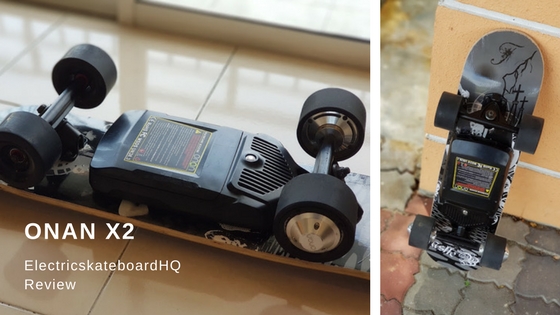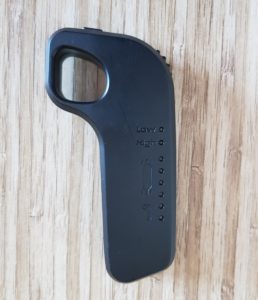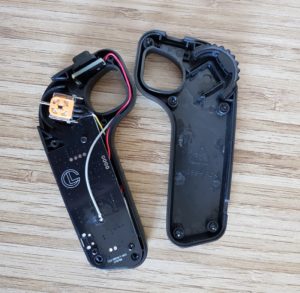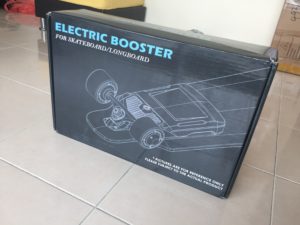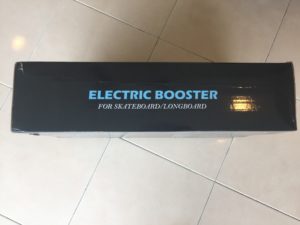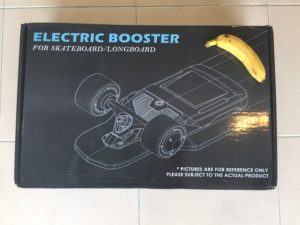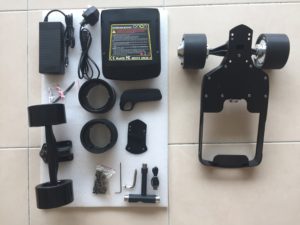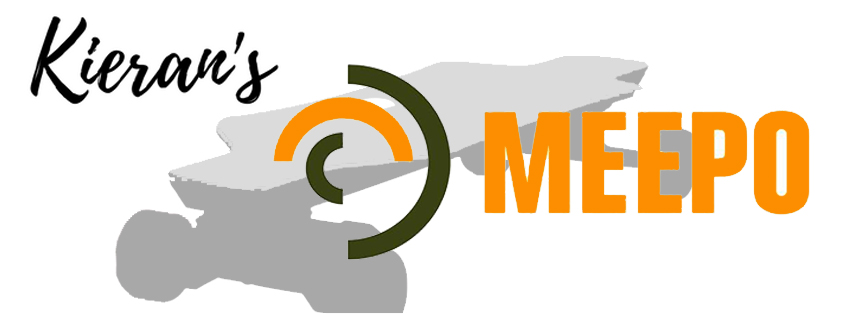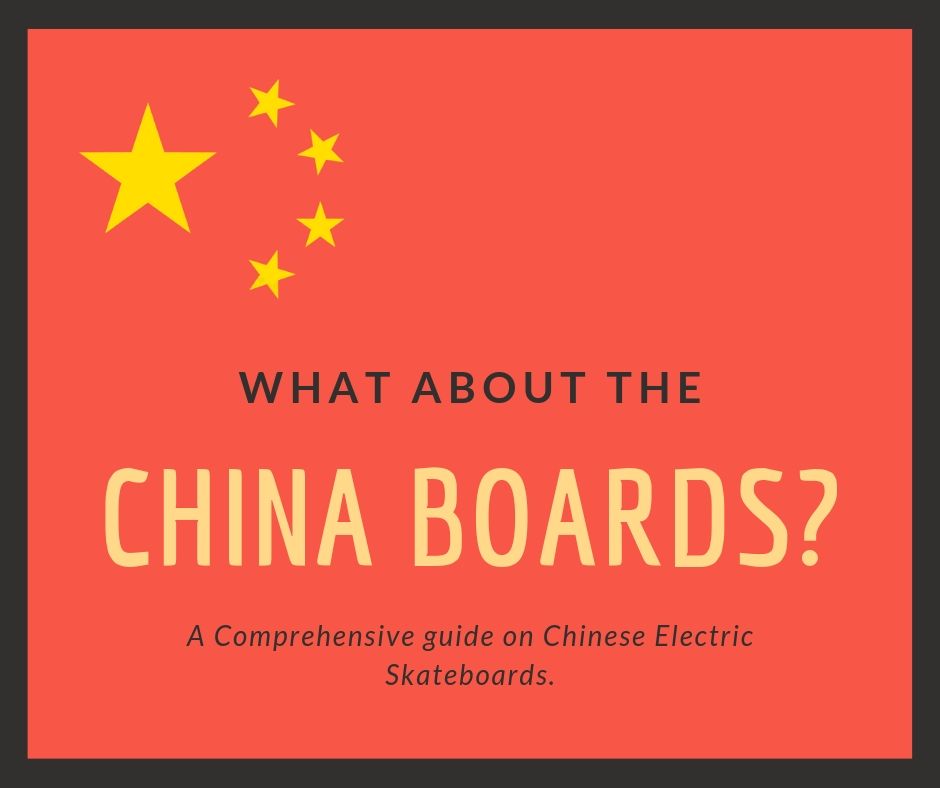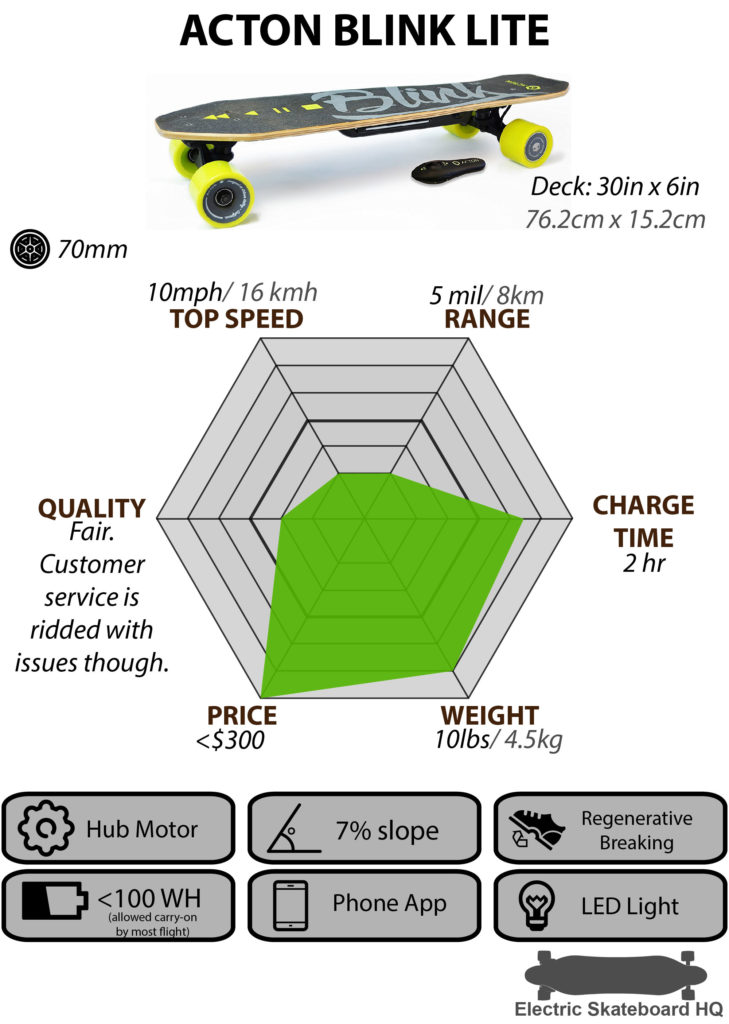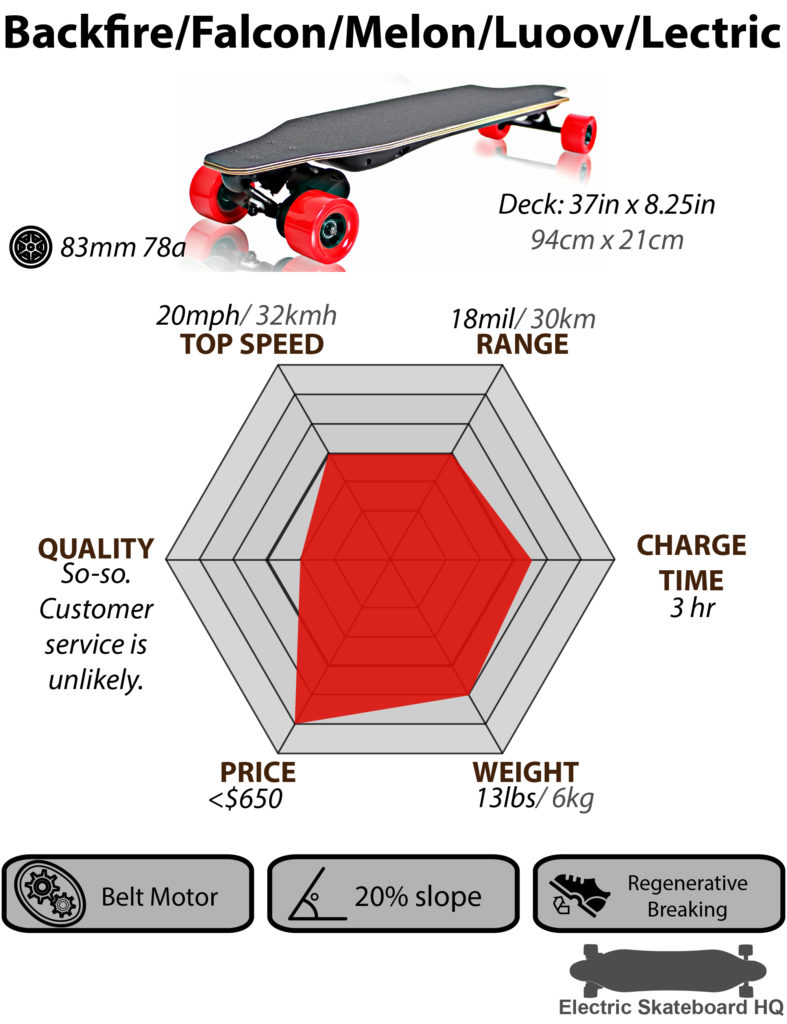This review was originally published on February 5th, 2018 and reflects my honest opinions at the time of publication. No part of this review has been redacted in any way. It has only been corrected for grammar and spelling.
Follow the discussion on Reddit here
If you want the TL;DR, see end of review
Today (02/03/18) was a rare, sunny, California “winter” day. At around noon, I answered my apartment door to welcome a friend, Marvin of Bay Area Eskate, who had graciously agreed to let me ride and test his brand new Acton Blink Qu4tro. I’d previously had experience riding this board. Acton themselves had previously invited me down to their Santa Clara headquarters to test the prototype version of the Qu4tro. I had many thoughts about the prototype board at the time, but I also believed that my concerns were related to the fact that the product was in prototype phase and not at all ready for public consumption. Now that the board is in production, I will be reviewing the board as is, assuming that Acton has put in the required QC and intended for this to be the final product.
Hardware
Let’s start with the deck. The deck itself hasn’t changed much from the prototype, and I still harbor the same concerns as I did when I tried the prototype. It’s made up of three distinct pieces. The front and rear scaffolding, to which the suspension is attached, and the middle electronics housing, which… houses electronics. The deck is as durable and stiff as it was in the prototype. It is also as heavy and flat as it was in the prototype.
Because the deck is so incredibly heavy, it has more inertia than other boards. This translates into a whole host of problems, chief amongst them excessive inertia. This means that braking is a lot weaker due to forward inertia (though I suspect hub motors and the braking curve are also major contributors in this area) and carving is a lot harder due to difficulties experienced when trying to throw the deck around while fighting forward inertia (carving is also very hard because of the suspension and four wheel drivetrain; I’ll get to that later). The problem is further exacerbated by the fact that the deck is also completely flat, with no curve at all. This makes it very hard for your foot to get a good grip on the surface for control. So, in addition to wrangling a heavy deck, you’re also constantly trying not to slide off. All this does not make for a very good deck, which generally is supposed to enable you to enjoy the ride, not inhibit you and be something you have to explicitly wrangle around. Plus this also makes the entire board heavy and is a bitch to carry.
Besides the rather unfortunate deck, the rest of the hardware is less grim. There are white front and red back lights as well as white side lights, all of which are controllable via the app. Though, as of the time of writing, there seems to be some bug that prevents the Android app from controlling the lights properly. It is worth mentioning that these are visibility lights, as they do not get bright enough to illuminate any meaningful distance of the road ahead of you. The trucks (not suspension!) and hub motors seem to be the same ones as the Blink S2. They work, though I do worry about some of the reports of hub motors falling off on the S2 and wonder if they could happen on the Qu4tro. I’ve included pictures of the hardware and innards for those interested below.
Suspension
I suspect the suspension system will polarize a lot of people. The main problem here is physics.
Here’s the thing. Currently, the way a regular TKP (traditional kingpin) or RKP (reverse kingpin) truck is set up, there’s a pivot cup and a kingpin that forces the truck to only rotate in a sort of semi-circular fashion in one plane around the pivot point. In other words, the truck rotates around the axis determined by the pivot point and the kingpin keeps it in place. However, with Acton’s suspension trucks, in addition to the regular RKP single plane rotation, the suspension is further allowed to deform in infinite directions due to the nature of the design. See my beautifully drawn graphic for an example of what I mean:
Keep in mind that in a traditional suspension, you only want yourself to be suspended along one axis. If you need to be suspended along more than one axis, you add more *distinct* axis along which to be suspended. You almost never want yourself to be suspended in all possible axis, because then you’re really just jiggling around. That’s what’s happened with the suspension on the Qu4tro: You’re really just… jiggling, which prevents you from properly turning or carving with confidence at any reasonable speed. The suspension will deform and neutralize the majority of your turn. It’s honestly not great, and the default hard bushing Acton includes doesn’t make it any better.
Edit: Avenue, the makers of the original suspension trucks, have informed me that they have in no way licensed their suspension trucks for Acton, nor are they working with Acton on suspension trucks. Here is their statement:
[Statement Removed Due To Ongoing Legal Dispute]
I’d originally written a how-to and review on Avenue TKP suspension trucks modded onto my Carbon GT and quite enjoyed it, so please do not let this review scare you away from suspension trucks!
Remote
The biggest thing here is the lag on the remote. It’s just inconsistent enough during low end acceleration to get annoying. Sometimes, I would try to accelerate to a slow speed but end up just sitting there for a bit before the motors kicked in. I have no idea what the issue here is.
As far as I can tell, the outer shell design of the remote is left over from Acton’s original remote-as-carrying-handle idea. They’ve simply taken off the bits that make the idea work. This is unfortunate due to several reasons:
- The original tradeoff of the ungainly remote design would have been fine had the remote been able to act as a carrying handle. This is no longer the case. Since you can no longer clip the remote to the board, you would obviously try to put it in your pocket. The remote does not fit in your pocket.
- The design itself is not very ergonomic. The angled bits make the remote very weird to hold for people with larger hands. My hands are considered small and even I felt that holding it was a bit… strange.
- There’s no deadman switch. Even Evolve has seen the value of a remote with a deadman switch. This would have maybe been ok if the throttle was in a less easily triggered place, but nope, it’s very exposed.
There are other design considerations that have been overlooked. The board’s charge information is not glanceable from the remote. You either have to stare at the single blinking LED on the remote to sort of gauge your battery (similar to the battery flashes on the Yuneec E-GO) or fire up the Acton app and wait for it to connect to your board to get a more detailed reading. This is in contrast to every other high end board remote that shows either individual LEDs or a percentage readout on a display. I did not find a place to attach the strap either. These sort of things just feel like UX that could have been easily improved upon but were not.
It is worth mentioning though that even while riding through areas with heavy radio activity, the remote did not lose connection once. It also instantly connected with the board when turning both on, similar to the S and S2. I was pleasantly surprised at how fast I was able to turn both on and get going. It’s just unfortunate that the design is lacking.
Technical Testing
Testride Route:
Rider specs: 125lb, 5’6″
As part of my reviews, I perform a series of measured, purely technical tests on review units. These tests are meant to push the units to the extreme that their electronics can handle and reveal any problems that may have not been revealed by simple riding tests. Technical tests are done under the most favorable conditions possible.
Acceleration
Acceleration on this thing on flat ground is no joke. On all modes, the Qu4tro accelerated to top speed beautifully and as expected. The curve is smooth and ramps up linearly on all modes. There’s almost no worry of being thrown off the back if you’re prepared. Acton nailed this regard. I will say that it’s not the fastest acceleration out there by hard numbers, but the Qu4tro manages to *feel* fast while accelerating due to even power delivery from the four wheel drivetrain, and that’s really no easy feat.
Acceleration on hills is another matter. On every single significant (+15%) hill I went up, I had power delivery issues even though the app said the board was at close to full battery. Every other small bump or turn I experienced going up hill meant loss of acceleration power. Every loss of power meant ramping back up from 0 again. This only got worse as the battery drained through the course of the day. At around 50%, the board basically refused to go up hills. After charging the board from 50% to 60%, I gave it back to Marvin. After riding for a short time on some relatively calm roads, he completely ran out of power. This should not have happened on the types of road we were on and in such a short time after charging. After we wrapped up our ride, he encouraged me to write about this issue as he was pretty disappointed.
Top Speed
My speedometer said 23MPH at 100% charge and 21MPH at around 70% charge. This is pretty normal behavior and technically satisfies Acton’s top speed claims.
Braking
Good news! Braking at 100% no longer seems to shut down the board! This is a great improvement from the prototype. Braking is also very smooth! This means you will not get thrown off, unlike a certain other “evolved” board we all know…
However, braking in all instances still leaves much to be desired, unfortunately. The curve goes something like this when you apply full brakes:
This is maybe not so problematic at slower speeds. It will ease you to a sort-of-stop in a decent amount of time. Where it does get problematic, however, is at higher speeds going downhill, when you need brakes the most. It takes way too long to get to 100% braking power. I even almost ran into the back of a stopped car once because the brakes took way too long ramping up. That sucks.
Stress Handling
I do acceleration and braking stress testing in a series of eight consecutive acceleration and braking sequences on flat ground. In a system where a lot of power is transferred to and from various parts of the system, this is an important test. Unlike the prototype, Pro mode here revealed no problems. It seems Acton has fixed the braking shutdown issue. Hard acceleration and braking seems to maintain consistency, and I did not get any cutouts.
Turning Radius
Due to the suspension, turning radius was mostly unsatisfactory. I’d borrowed a Boosted Board Dual+ from Last Mile SF to test the turning radius on a standard single kingpin truck, and the radius was better than the Qu4tro’s with both kinds of trucks tuned to the loosest they would go. The suspension on the Qu4tro would also try to bounce you back to neutral with every bump in the turn. This is definitely not desired behavior.
Drag Race
Carbon GT (5.2s) edged out the Qu4tro (5.6s) in the end. We had a couple boosted boards in the race at the beginning but there was no point having them in the end. We would have had a Raptor 2 as well except its FOCbox broke so it’s now in the shop… for the third time. We tried to equalize the external variables as much as possible.
Thanks Joseph from Bay Area Eskate for operating the DJI Spark! Sorry you couldn’t catch up to us in the end with the drone…
Ride & User Experience
In addition to my comments on the suspension system, I have some comments about the four wheel drive system. During any sort of harder turn or carve, if all four wheels rotate at the same speed even though their radius throughout the turn is different, the wheels will slip and you will start to slide. This is by nature of the four wheel drive system, but coupled with really slidey wheels, is a huge issue on the Qu4tro. It means you can’t really safely turn or carve at speed. To mitigate this, most modern four wheel drive systems, such as those in cars, have a differential system in place to handle the rotation speed differences necessary to reduce slip. I believe the Qu4tro especially really needs something like an active differential, though I can’t imagine the complexities that go into implementing something like that. It would really solve the slipping issue.
Putting aside wheel slipping, riding in a straight line is a blast. The zero to max power takeoff of the four wheel drive system is really something to experience. The only boards I’ve felt that really parallel the smoothness on takeoff of the Qu4tro is the dual hub drive Raptor 2 and a couple DIYs by /u/Spooky_Ghost.
Conclusion
What Acton has built here, then, is something that could have been much more, but is unfortunately marred by its own nature. I have very mixed feelings about this board, and I’m not the only one. Even the owner of this board told me he had mixed feelings. My personal opinion is that if you live somewhere with smooth, straight roads and lots of hills, this is probably an excellent board. On the other hand, this board seems to struggle climbing up hills at battery levels under 70%, which is supposed to be its claim to fame. The jiggly, ineffective suspension and heavy deck doesn’t help its case either.
My, what a dilemma.
TL;DR
Wanna be fast and torquey in a straight line in a hilly area and don’t mind the weight? This is your board.
Wanna carve effortlessly or live someplace with heavy traffic? Look elsewhere.
Special Thanks and Notes
This review would not have been possible without the kindness and help shown to me by the following people:
Marvin, Joseph, Tone, and everybody from Bay Area Eskate group (woo BAEskate!)
Last Mile SF
I try to write fair, unbiased reviews for fun, not profit. All equipment used is either borrowed or purchased. Hope you enjoyed reading!




